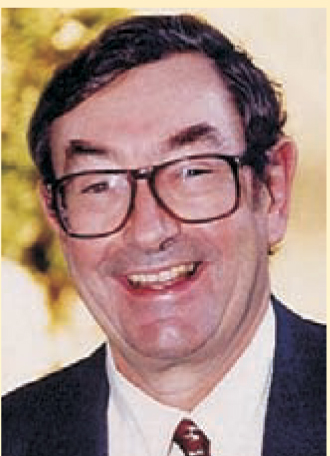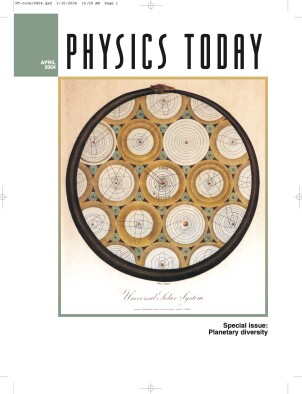Wolf Foundation Honors Brout, Englert, and Higgs for Physics, Gray for Chemistry
DOI: 10.1063/1.2408546
At a ceremony at the Knesset in Jerusalem on 9 May, Robert Brout, François Englert, and Peter W. Higgs will jointly receive the Wolf Prize in Physics and Harry B. Gray, the Wolf Prize in Chemistry. These prizes, together with awards in agriculture, the arts, and medicine, will be conferred by Moshe Katsav, president of Israel. Each Wolf Prize is worth $100 000. The three physicists will share the cash award and Gray will receive the entire amount.
Brout, professor emeritus at the Free University of Brussels (ULB), Englert, professor emeritus at ULB and senior professor at Tel Aviv University, and Higgs, professor emeritus at Edinburgh University, are being recognized for their “pioneering work that has led to the insight of mass generation, whenever a local gauge symmetry is realized asymmetrically in the world of subatomic particles,” according to the citation. In 1964, Brout and Englert explained how gauge bosons associated with broken symmetries acquire mass. That same year, Higgs offered an independent explanation.
The trio’s work, says the Wolf Foundation, which sponsors the prize, “has deeply shaped the understanding of the fundamental interactions.” Moreover, mass generation was an “essential” element in the work of Gerard ’t Hooft and Martinus Veltman, which led to the proof that theories like the Glashow, Salam, and Weinberg electroweak theory are well defined, their massive gauge bosons notwithstanding. Calculations based on the electroweak theory have been verified in the lab and culminated with the experimental discovery of the massive W and Z gauge bosons. Adds the foundation, “Mass generation has been the cornerstone of many key theoretical results, including cosmology at high temperature and density, grand unified theories, and the possible realization of the Dirac monopole.”
Chemistry prize
The Wolf Foundation is recognizing Gray, Arnold O. Beckman Professor of Chemistry at Caltech, for his “pioneering work in bio-inorganic chemistry.” Specifically, he is being acknowledged for his contributions to “unraveling novel principles of structure and long-range electron transfer in proteins.”
After arriving at Caltech in the mid-1960s, Gray and his colleagues enlisted the help of physicist Jim Mercereau to measure the magnetic properties of metals in proteins. Eventually, the group used magnetic and color properties to help them figure out the structures of bioinorganic molecules. Gray knew that proteins with metal atoms like iron or copper could transfer electrons, but he and other inorganic chemists believed that atoms had to be physically close for the reaction to occur. The question appeared to be how the atoms could get close enough to allow for the exchange.
In 1982, Gray and his colleagues demonstrated that electrons can jump from one metal atom through a protein to another metal atom—at much greater distances than originally thought—in a process called electron tunneling. “His ingenious chemistry, meticulously executed,” says the Wolf Foundation, “has given us real understanding, for the first time, of biological processes of great significance for life.”
Wolf Prizes are presented not only in the arts, but in four out of five scientific fields, which rotate annually: agriculture, chemistry, mathematics, medicine, and physics. Since they were established in 1978, Wolf Prizes have been awarded to 214 scientists to date.

Brout
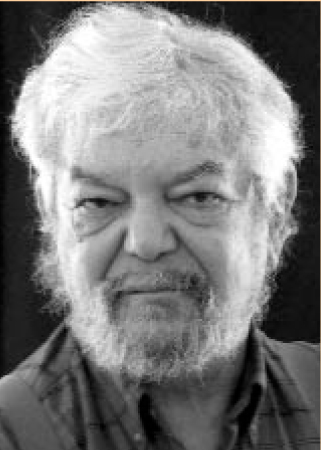

Englert
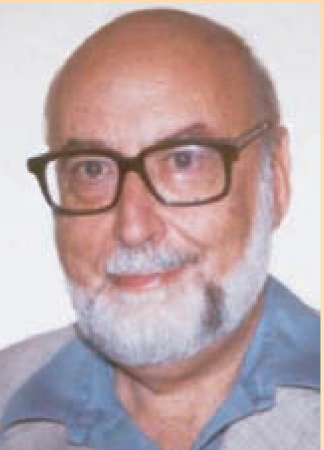

Higgs
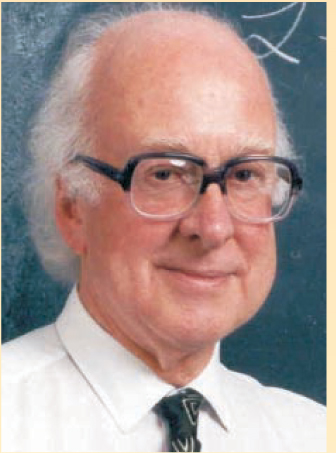

Gray
